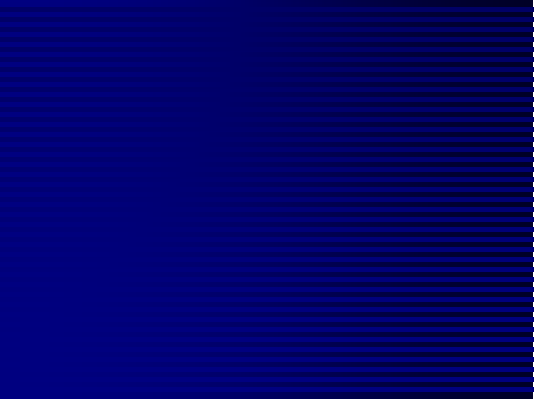|
|
|
The USLE computed soil loss
by A=RKLSCP, where an average annual value was computed for each factor. With the exception of the interaction
between the R factor and the C factor, not interaction between the USLE factors
were considered. The temporal scale
used in computing the C factor was a crop stage period over which
cover-management conditions were assumed to be represented by an average
value for the period. The length of
crop stage periods typically ranged from a few days, like the rough plowed
period in the spring, to a few months, like the after harvest period over the
late fall, winter, and early spring.
|
|
RUSLE1 considered additional
interactions of the K and R factors and a partial interaction between P and
R. Also, the temporal time scale used
in RUSLE1 was half month, and less if an operation occurred within a half
month. This approach allowed a “paper version” of RUSLE1 to be used.
|
|
However, while the
mathematical techniques used in USLE and RUSLE1 were powerful and allowed
paper versions, they were mathematically inaccurate by about 15 to 20% in
several situations. The proper
mathematical procedure is to compute a daily value for each factor, compute a
daily soil loss value, and add up the daily values to obtain a value for
rotation. RUSLE2 uses this
mathematical procedure, which is a major change from both the USLE and
RUSLE1.
|
|
Although RUSLE2 computes an
average annual value for the traditional USLE/RUSLE1 factors, those values
are not used to compute soil loss. In
fact, multiplication of those values, as was done in the USLE and RUSLE1, will
not give the RUSLE2 soil loss value.
The difference results from the far more proper mathematics in RUSLE2
than in the approximate mathematics in the USLE/RUSLE1.
|
|
Small letters, rather
than the traditional capitol letters, are used to distinguish the RUSLE2
approach from the USLE/RUSLE1 mathematical approach.
|
|
The convention is that
upper case letters in the USLE and RUSLE1 indicate average annual values
while the lower case letters in RUSLE2 indicate daily values.
|

